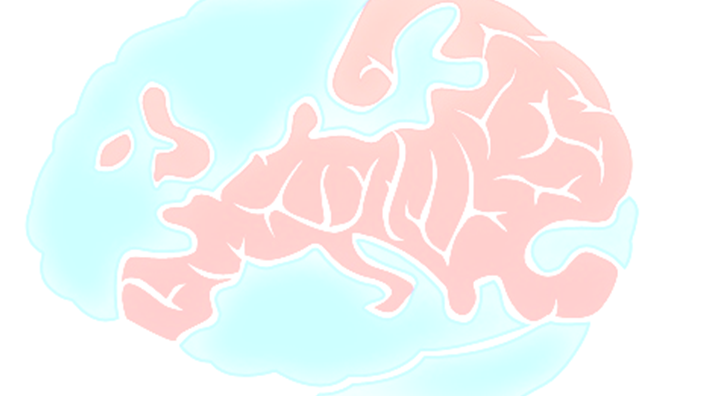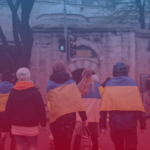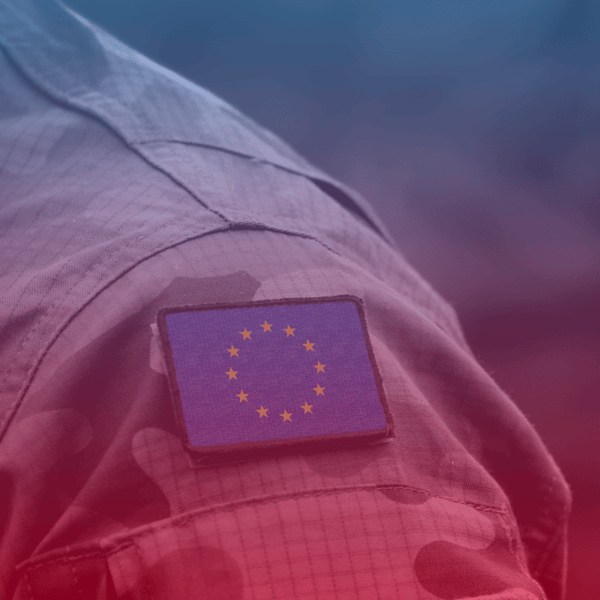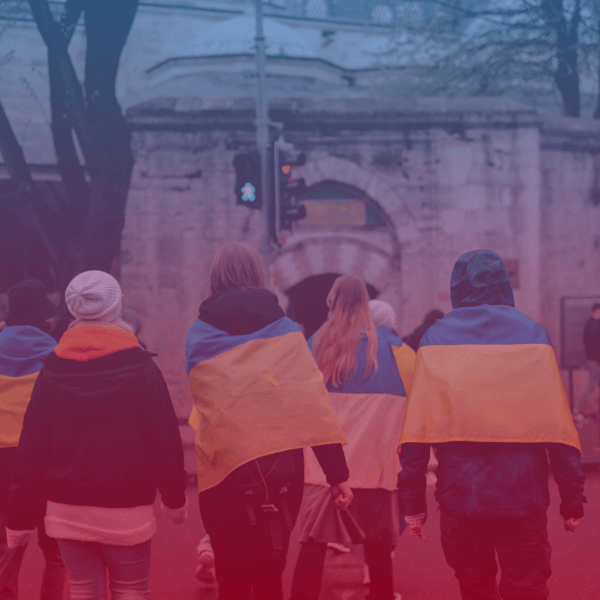
by Aleksander Thomas. Originally published on 2013/12/08
The Nabucco pipeline was originally estimated to transport 31 billion m³ of gas a year from Azerbaijan to the gas hub in Baumgarten, Austria. However, from the very beginning the greatest weakness of this project was the supply of raw material: Azerbaijan was able to provide only about 10 billion m³ of gas initially. Huge deposits of natural gas are located on the other side of the Caspian Sea in Turkmenistan, however, due to political disputes and the unclear legal status of the water body, plans for a Caspian gas pipeline exist only on paper.
Before elaborating, one has to identify the key players that take part in the energy supply dispute. Firstly, the Trans-Anatolian Pipeline (TANAP) pipeline is constituted of State Oil Company of Azerbaijan (SOCAR), and Petroleum Pipeline Corporation of Turkey (BOTAS) and Turkish Petroleum Corporation (TPAO). Secondly, the European Union (EU) mainly sponsors the Nabucco pipeline project (later renamed to Nabucco West) as well as the Trans-Adriatic pipeline (TAP).
The project, however, got a second chance. SOCAR decided to build the TANAP gas pipeline that aims to transport Azerbaijani gas to Turkey’s border with the European Union. This additional support meant that the Nabucco (also referred to as the Turkey–Austria gas pipeline, a proposed natural gas pipeline from the Turkish-Bulgarian border to Austria) consortium only had to build the European part of the pipeline. The capacity of the pipeline was reduced to 10 billion m³ due to the limited quantities of available natural gas. Furthermore, the project was renamed Nabucco West. The consortium, which operates the Shah Deniz II gas field in Azerbaijan had to decide whether the raw material would flow through the TANAP pipeline, or TAP from the Greek-Turkish border through Albania and then across the Adriatic Sea to Italy.
In contrast to the TAP project, Nabucco West brought with it a high potential strategic benefit – it would have helped to diversify gas supplies to markets that are currently supplied by a single supplier. Such countries within the EU are: Romania, Bulgaria (almost 100% of the gas imported from Russia) and Hungary (80%). Additionally, through the interconnected system, gas could also reach Poland and Slovakia, where the diversification of supply is a major issue. Nabucco West met the EU energy policy priority, which is to aid the diversification of supply on markets that most need it. However, the situation is different when looking at the target markets for TAP – import sources of natural gas to Italy and Greece are already diversified. In both countries there is also the presence of operational liquefied natural gas (LNG) imports.
A failed European solidarity
On 26 June the Austrian company OMV announced that the operator of the Azerbaijani Shah Deniz II gas field has not selected Nabucco West as a route for the transport of Azerbaijani gas to Europe. Thus, gas will reach the “Old Continent” via another pipeline – TAP, which will receive gas via the Azeri-Turkish gas pipeline TANAP, followed by Greece to Italy. The failure of the main project for the construction of the Southern Corridor to the EU is a spectacular failure to diversify gas supplies to Central and Eastern Europe.
When it comes to European solidarity and cooperation, it has certainly not passed the exam. Many countries have willingly signed the agreement on a Russian project South Stream, which is a direct competitor of the Nabucco project. Thus, they have prioritized the Russian venture over the one that has been recognized as a priority by the EU Commission. However, to inject a bit of optimism in the whole affair, to achieve a Trans-Adriatic gas pipeline could be considered a success for the idea of the Southern Corridor. The problem lies in the fact that it does not meet the priority objective of diversification of gas supply in those countries where it is most needed. The planned merger will also, at least initially, have a very limited bandwidth, which further reduces its importance. The blame for abandoning this project should be seen in the fundamental weakness of EU diplomacy. The lack of strong competence in the area of energy policy and foreign policy from the EU has caused difficulties in the implementation of this complex project. EU diplomacy failed to convince not only Azerbaijan, but also other potential exporters to sell gas to European clients.
For some a failure, for some a success
The failure of Nabucco is also the success of the Russian policy. The implementation of the TAP pipeline, even though it creates a new gas corridor, enabling the diversification of gas supplies to Europe, is in fact the success of Russian diplomacy. Torpedoing the initial plan of the Nabucco project and the final abandonment of its more modest version – Nabucco West – means continued domination of Russian gas supply to the markets of Central and Eastern Europe. In addition, it significantly increases the chances of instigating the Russian South Stream gas pipeline. However, this success certainly does not compare to the many failures of the Russian gas policy, which was the result of a weak demand for gas in Europe, the development of a single EU gas market, initiated by the Commission’s antitrust investigation, the shale revolution and finally the strong competition from Norway and soon the supply of LNG. Therefore, in the near future one cannot expect an increase of Russia’s position on the European market.

 THE DIGITAL EURO: Unlocking its potential
THE DIGITAL EURO: Unlocking its potential  SAFE but Not Secure: The Challenge of a Common Defence and EU’s Unity
SAFE but Not Secure: The Challenge of a Common Defence and EU’s Unity  Blind Spots in AI Governance: Military AI and the EU’s Regulatory Oversight Gap
Blind Spots in AI Governance: Military AI and the EU’s Regulatory Oversight Gap  Selective Solidarity: The Desecuritisation of Migration in the EU’s Response to the Ukrainian Refugee Crisis
Selective Solidarity: The Desecuritisation of Migration in the EU’s Response to the Ukrainian Refugee Crisis 


